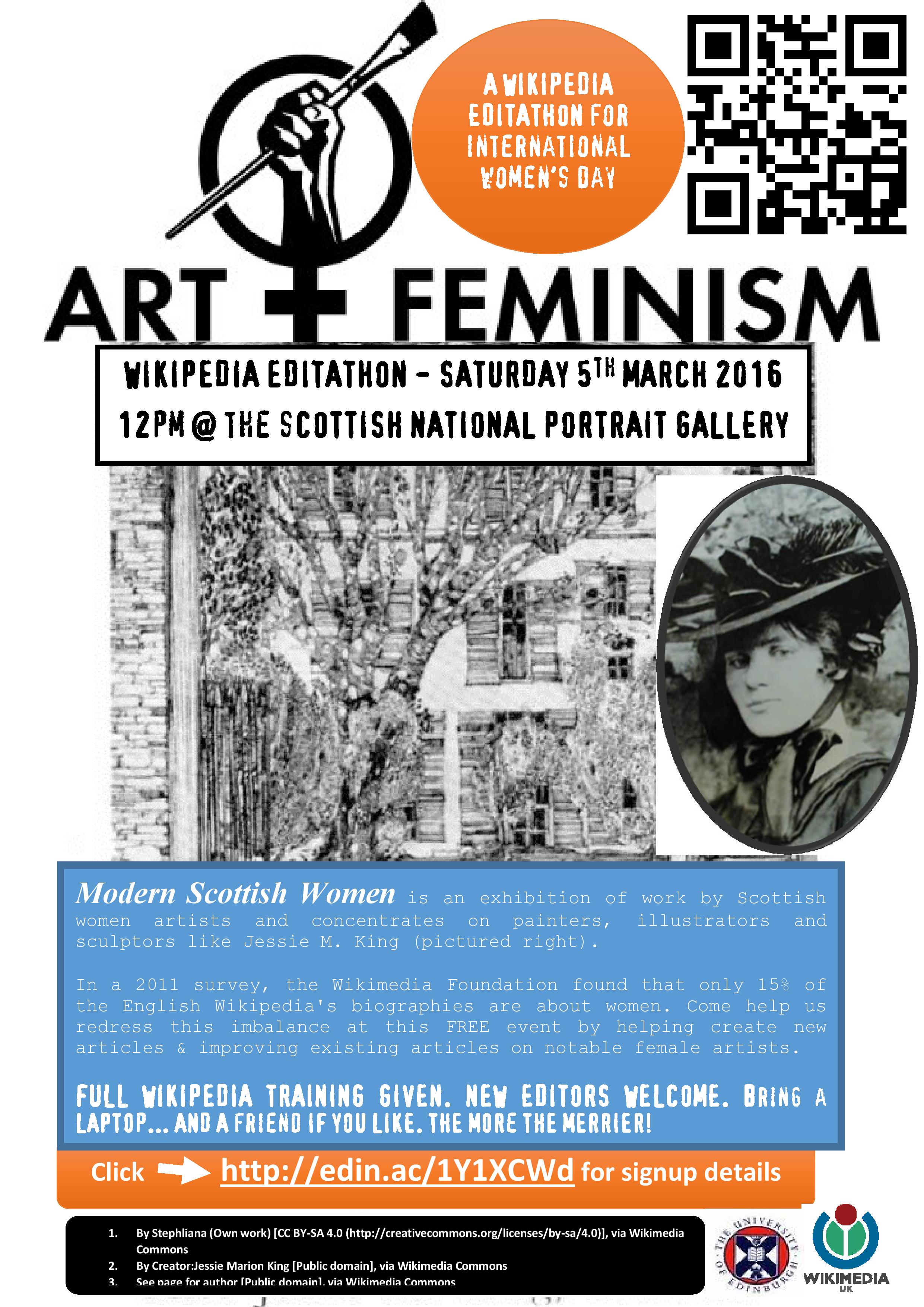A little while ago, I came across the reasons to use Wikipedia, (well worth a read) and have been reflecting on how Wikipedia and its sister projects can be best utilised as a teaching tool.
Simply working with Wikipedia as a teaching assignment is much more straightforward using the new Visual Editor WYSIWYG interface (What You See Is What You Get) which makes editing Wikipedia as easy as using Microsoft Word or WordPress blogging. Students can be taught how to edit in as little as 45mins-60mins and thereafter can work individually or collectively to research & write, with academic rigour, brand new Wikipedia articles.
By way of example, Anouk Lang, English Literature Lecturer at the University of Edinburgh, has applied this in getting her students to create a new page on a literary text, Conversations in Bloomsbury, a 1981 memoir that depicts writer Mulk Raj Anand’s life in London during the heyday of the Bloomsbury Group, and his relationships with the group’s members.
The collaborative process engaged her students, and some students in particular who had perhaps been more reticent (or less confident) in participating in more traditional assignments, in researching the topic & in applying the digital literacy skills required to achieve the page’s creation. The net result is not an essay or report that could potentially be filed away & forgotten but instead something that adds to the sum of human knowledge & is discoverable by other readers & editors all over the world so that they, in turn, can add more to it.
Which all fits in with achieving, quite nicely, with achieving the University’s mission and Wikimedia’s mission.
Similarly, Dr. Chris Harlow at the University of Edinburgh’s Centre for Reproductive Health, has run Wikipedia research sessions with his Reproductive Medicine Honours students where, within the space of an afternoon’s session, they were able to navigate the open access journals to find enough good quality, reliable published sources to create a new article on a term that previously did not exist on Wikipedia: neuroangiogenesis. In doing so, the students created a page that significantly added to the discourse, and the visibility of the discourse, on a number of other related pages: Angiogenesis, Alzheimer’s disease and Endometriosis.
The two links below are booklets which have a number of good places to begin teaching with Wikipedia including how to design your assignment as well as alternative assignment ideas such as translating an article into different languages (now even easier with a Wikipedia tool that allows both articles to be onscreen), illustrating an article (with photos, infographics, videos etc.), copy-editing articles to improve critical thinking skills on how good writing is achieved in your particular discipline and so on.
The second booklet explores a number of case studies of approaches taken implementing Wikimedia assignments within a university. However, it is important to note that these are just starting points and that, as this is a new & developing discipline, that newer models can be designed to better suit your purposes.
If you would like to know more about how our main open knowledge project, Wikipedia, fits in with academia then these recent articles make very compelling reading:
Myself and Martin Poulter, former Wikimedia Ambassador at JISC and the current Wikimedian in Residence at the Bodleian Library at Oxford University, will also be attending the OER16 Conference in Edinburgh on 19-20 April if you want to learn more about the education projects he has been involved in.
Indeed, should you wish to discuss teaching with Wikimedia or collaborating on any projects then I would be only too glad to hear from you.







![Screen Shot - Listen to Wikipedia By Stephen Laporte (http://listen.hatnote.com/) [CC BY-SA 3.0 (http://creativecommons.org/licenses/by-sa/3.0)], via Wikimedia Commons](http://thinking.is.ed.ac.uk/wir/wp-content/uploads/sites/14/2016/03/Screen_Shot_Listen_to_Wikipedia-300x206.png)




